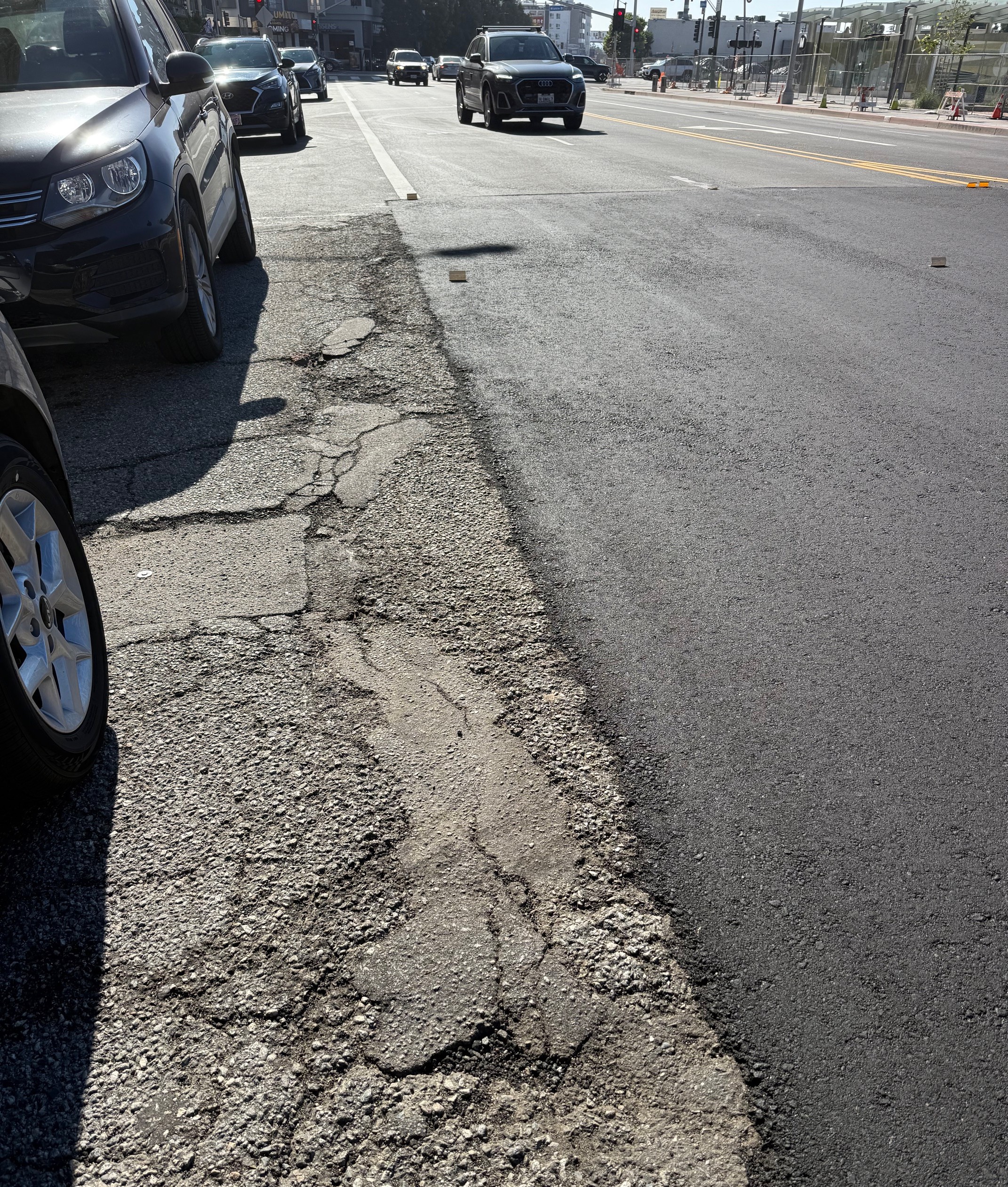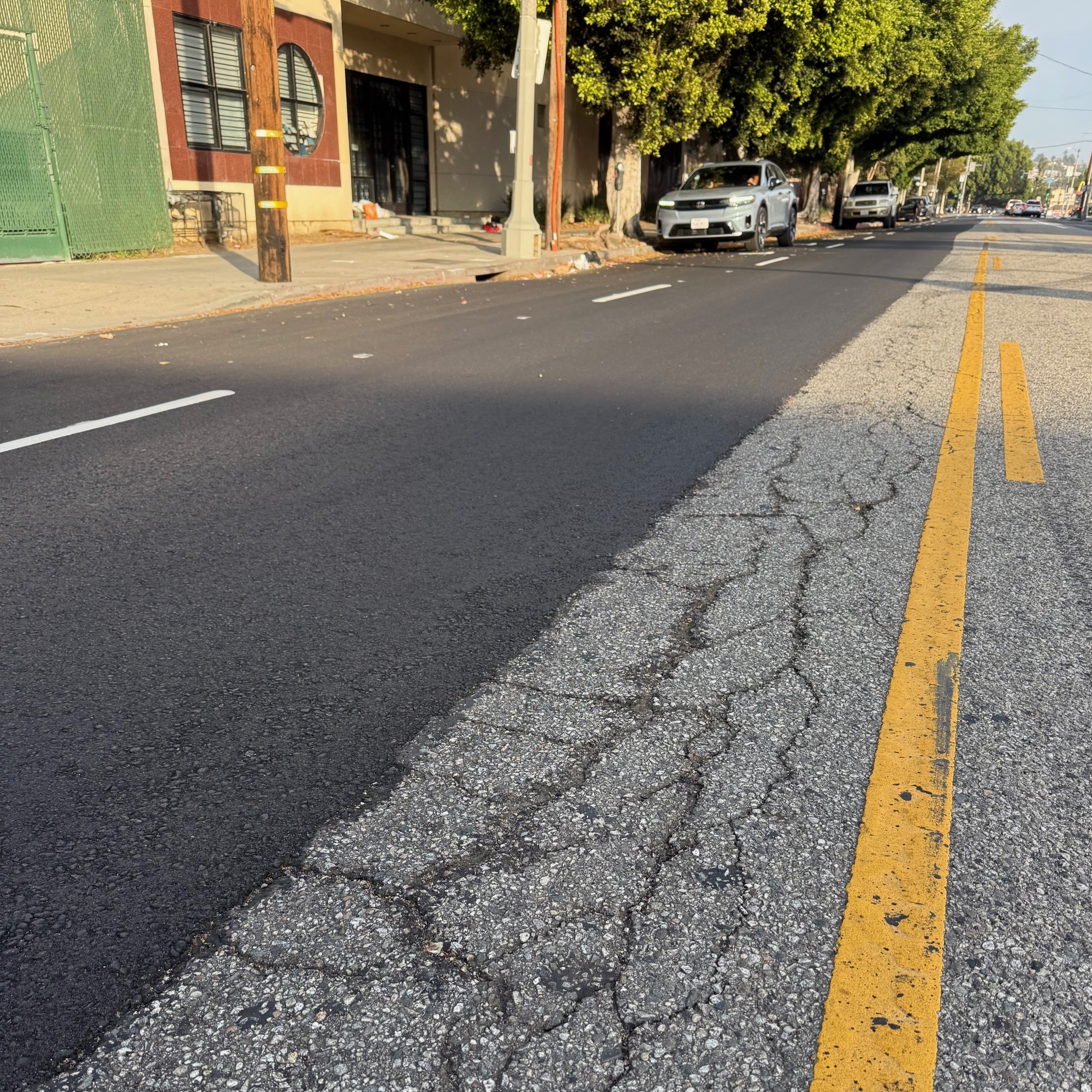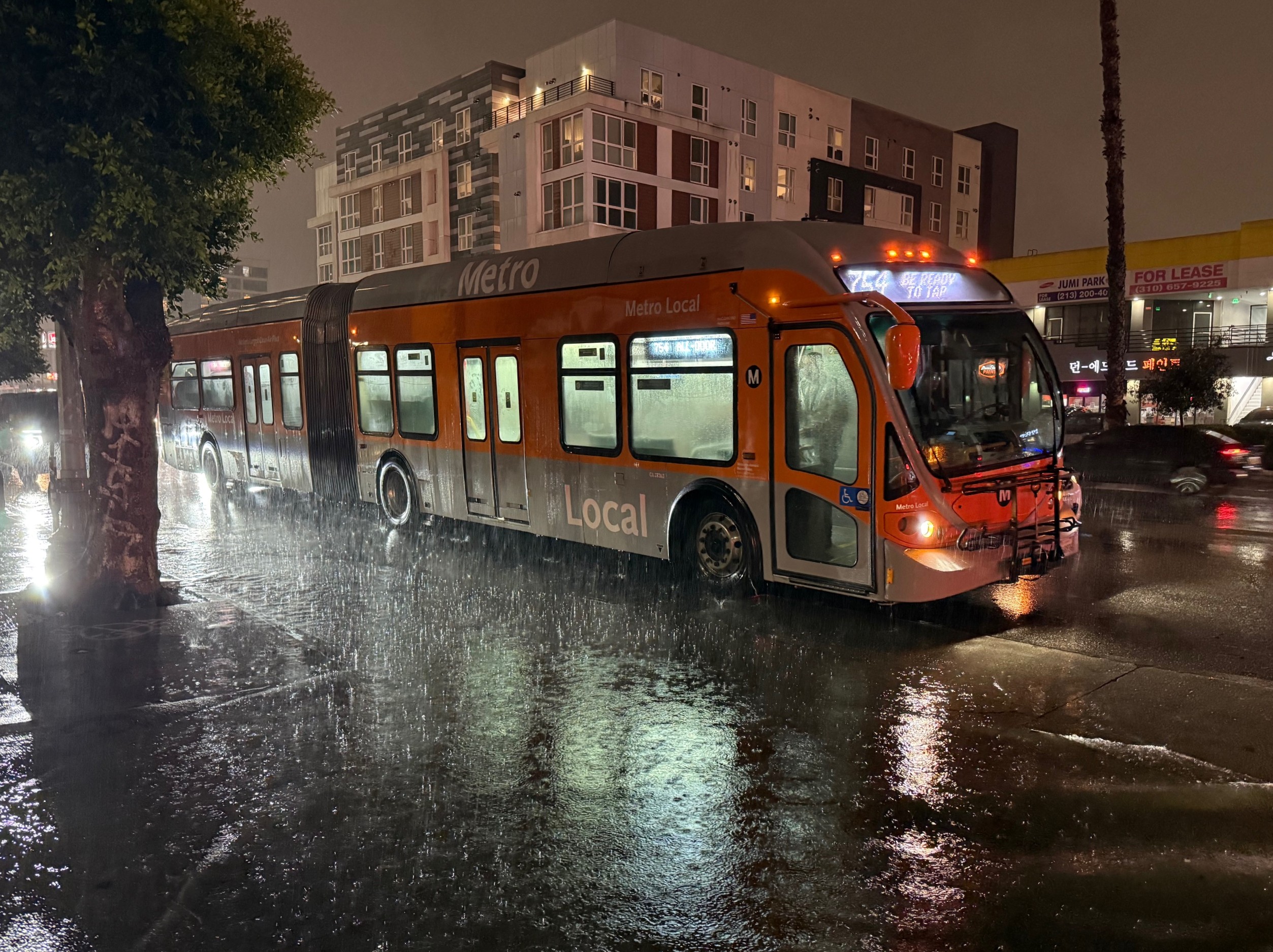A driver struck and killed a woman last week in St. Paul on what Bill Lindeke at Streets.mn calls a "four-lane death road."

The victim was 32-year-old Erin Elizabeth Dunham, who was dropping her kid off at the bus. She was walking in the crosswalk on Maryland Avenue, a four-lane, high-speed road running through an urban area.
Local officials know Maryland Avenue is dangerous, which is why the intersection where Dunham was killed was recently the site of a "crosswalk safety awareness campaign." But the campaign was not enough to prevent Dunham's death.
What a street like Maryland Avenue needs, says Lindeke, is a road diet to shorten crossing distances and calm motor vehicle traffic by narrowing the to one car lane in each direction and a center turn lane. The hard part is the politics, he writes:
The first road-diet hurdle is institutional. Advocates and leaders have to convince city staff, and public works engineers in particular, that the “loss” of “level of service” (LOS) is worth the “gain” of safety. Making the argument that “more congestion is OK” can be challenging, especially for people in institutions that have spent decades fighting against congestion, or who might see crashes as inevitable accidents. (One common response, at least in Ramsey County, is that any increase in congestion makes streets less safe because drivers will become angry and begin driving erratically. I call this the “LOS extortion argument,” and I don’t think it’s accurate. Rather, I think you can change and “calm” our driving culture through engineering and other efforts.)
The second road diet hurdle is political, involving the marshaling of political will to overcome the pushback that comes from driving privilege. Road diets are largely perceived as “taking away a lane,” rather than trading dangerous speed for safety and predictability. So when they’re proposed, drivers accustomed to speeding often get upset, and Saint Paul has a vocal “speeding driver lobby” whose figurehead has a regular column in the Pioneer Press.
The third hurdle is a bureaucratic one, having to do with the “multiple jurisdiction problem” that underlies dangerous arterial roads. Saint Paul offers a good example: almost all the dangerous arterial roads are either County or State/Federal roads, meaning that any changes have to go through those more opaque agency bureaucracies. This means that advocates need to work twice or three times as hard to build relationships with elected leaders and staff, and that kind of work is very time consuming.
If the "Vision Zero" ethos means anything, Lindeke adds, it's that policy makers shouldn't let these political and bureaucratic obstacles dictate decisions that spell the difference between life and death:
The key to a “vision zero” policy will be in making exactly the kinds of trade-off decisions that I’ve described here. A commitment to the safety of urban streets needs to say that no amount of automobile efficiency is worth the lives of people like Elizabeth Dunham, who was simply trying to cross the street. No amount of increased speeds are worth running over a kid like 11-year-old Bikram Phuyel, who was hit by a driver while crossing Rice Street to get to school in 2014. No amount of LOS improvement is worth the life of Kunlek Wangmo, hit by a turning driver while crossing St. Clair Avenue with her husband by West 7th Street last year. Or Shelby Kokesch, who was killed while walking her mother from the History Center across Kellogg Boulevard earlier this year. The list goes on… “Vision Zero” needs to start focusing on these kinds of difficult street design changes, and road diets are the least expensive, most effective option on the table.
Elsewhere on the Network today: The Urbanist reports that Seattle officials have approved the list of projects for the $50 billion transit expansion plan up for a vote this November. Free Public Transit posts a stat courtesy of APTA: transit reduces America's carbon emissions by 37 million metric tons every year. And Architect This City relays news about apartment buildings coming online in Detroit.






